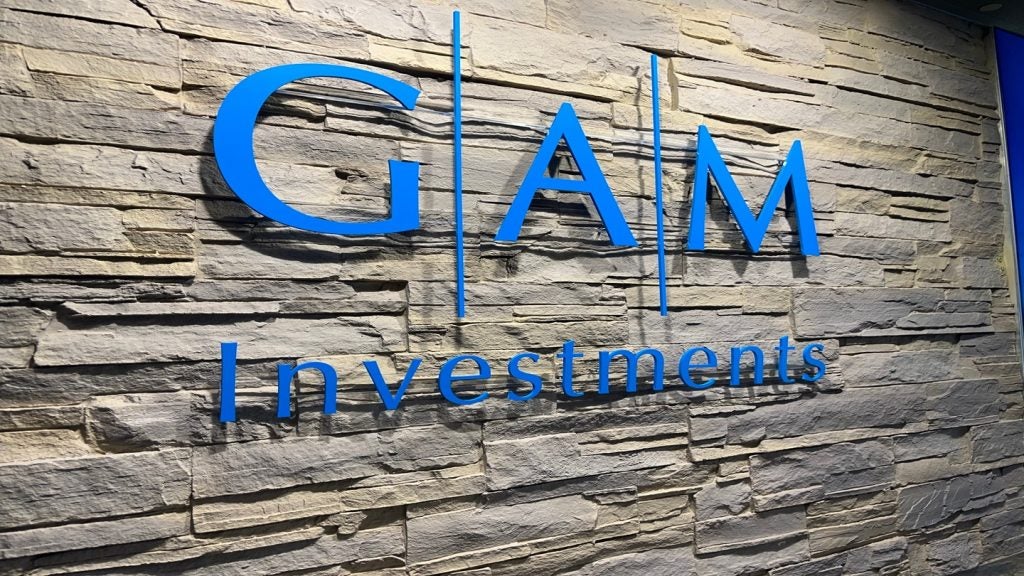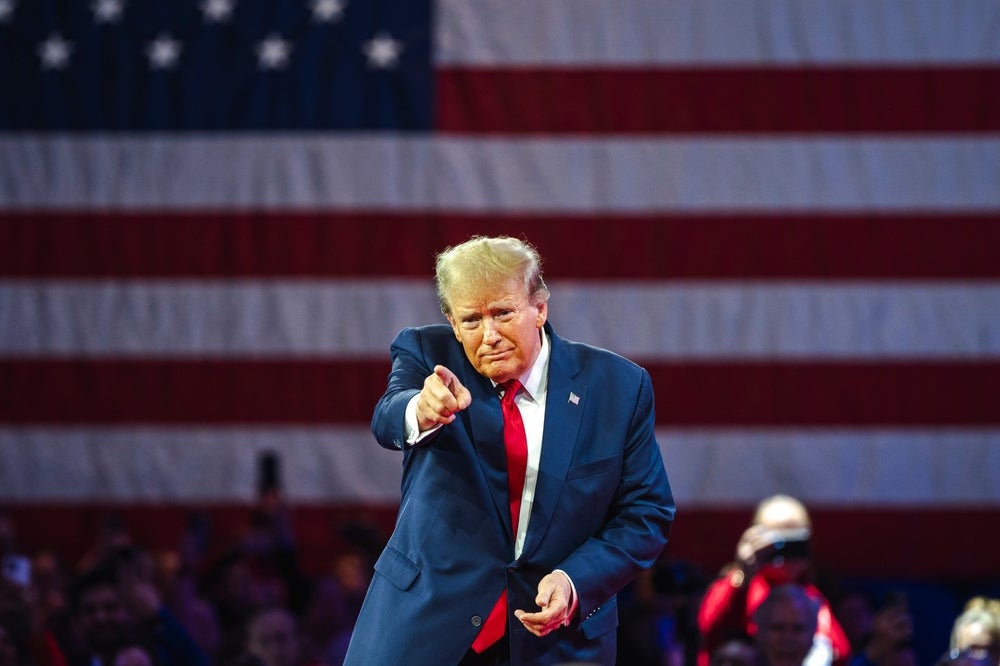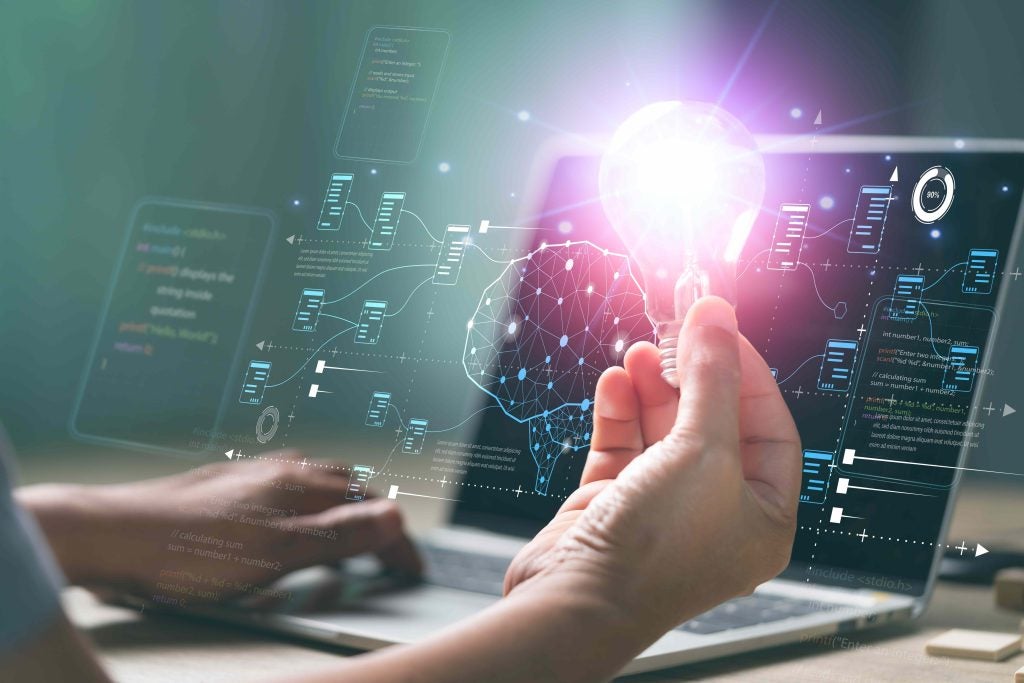A R T C E L S has launched the first asset-based contemporary art exhibition, titled ‘XXI.’ The digital platform for blue chip art investments will offer investors equity in the form of digital tokens backed by shares in the artworks, reports Asena Degirmenci
Founded by commodities trader Gijs de Viet and London-based contemporary art gallerist Elio D’Anna of the House of Fine Art (HOFA), these blue chip art investments will be available to a wider and younger international market.
The mission of A R T C E L S is to provide an alternative approach to the traditional ways of investing art, as well as building a portfolio of art that houses rare editions.
Artworks on display will include Banksy, KAWS, Damien Hirst, George Condo and Jeff Koons.
Speaking on the idea behind the launch, D’Anna stated: “Nobody’s ever done tokenisation of a full exhibition and our use of blockchain technology also gives it a new layer. We have a very unique condition report and authentication process, using Swiss technology that scans the works at a molecular level.
“This information is combined with a certificate of authenticity and all the information that the subscriber gets, and that’s what generates the token. It is a combination of information, the share certificate in ownership, the condition record and the subscriber agreement. Everything is combined and then placed on the blockchain.”
Combining art with blockchain tokenisation
“It is interesting to be able to play something in a very transparent way, in a way that everyone is able to see where it comes from. In the art business, it is called provenance. Provenance is the most important thing in the art business. That is why I think provenance in a financial matter is what banks have been fighting for so long with anti-laundering regulations, because they effectively want to know where the funding comes from. The fact of being able to have full transparency is something that is going to drive both the financial world and the art world up.”
How do the digital art tokens work?
D’Anna said: “We scan all of our works with state of the art technology and we have all the information with insurance, certificates and documents all combined.
The subscriber creates an account and has access to all those documents and is able to see them at any point. This is what we call a digital fingerprint. In order to achieve that there is obviously the use of blockchain, but later on you will be able to trade these in the open market.”







